
As a mostly land-locked state with a relatively tiny coastline, going to a university in Alabama to earn a degree in marine biology seems like an unusual choice at first. However, both our Sea Grant Agent, Rick, and I can attest it works out quite well! Dauphin Island Sea Lab (DISL) is located on a barrier island 33 miles south of Mobile, and is supported by the Alabama Marine Environmental Sciences Consortium–a partnership of 22 public and private universities. Any student interested in studying marine science through one of those Alabama schools is required to spend time at the Sea Lab. As you can imagine, it’s not a hard sell to convince college kids to spend a couple summers or a semester living on a beach, tromping through the marshes, and taking boat trips on research vessels with dozens of other students from around the state.
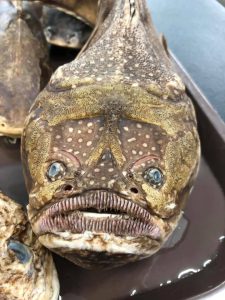
While I look back fondly on purely fun memories from the two summers I spent there, it was also an exceptional learning opportunity. DISL is affiliated closely with the nearby University of South Alabama, but visiting professors from many other universities come down to teach for the summer. Undergraduate courses range from Marine Invertebrate Zoology, Marine Botany, and Oceanography to “Dolphins and Whales,” and Conservation and Biology of Sea Turtles. Students live on campus in repurposed Coast Guard barracks and are fed well at a campus cafeteria. Every week, professors and graduate students present current research data, and the Auburn shellfish aquaculture lab is co-located on the property.
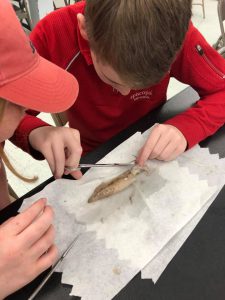
You don’t have to be a marine biology major to take advantage of this unique resource just down the road from us, either. Graduate students live and work on the island, conducting field research year-round. A bustling summer residential and day camp operates for elementary, middle, and high schoolers (registration still open!), and thousands of K-12 students visit the Sea Lab during the school year as part of the Discovery Hall Program.
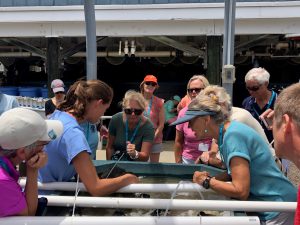
While it just closed this week for two months of renovations, the Alabama Aquarium (formerly the Estuarium) adjacent to the Sea Lab will reopen to the public later this summer. It houses exhibits on wildlife native to the incredibly diverse ecosystems of Alabama, and includes numerous interactive exhibits and a touch tank full of rays and sharks.
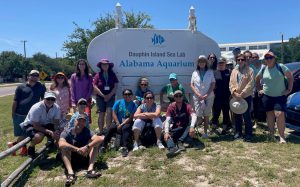
Members of the Seminole, Creek, and Choctaw tribes used the island for fishing and hunting long before Europeans arrived, with archeological digs showing large shell middens and burial grounds. The first French colonists to the island, in the late 1600’s, called it “Massacre Island” due to their mistaken assumption that the burial grounds were the result of a massive battle or execution. Years later the French re-christened it Dauphin Island—the name coming from “dauphine”–a title for the heir apparent of the king, not the mammal or mahi mahi.
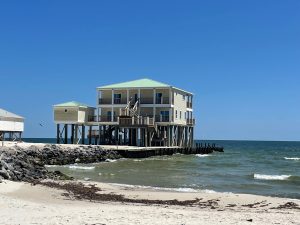
In addition to DISL and the aquarium, Dauphin Island is home to the well-kept Fort Gaines, a Civil War-era brick fort famous for being the place where Admiral Farragut said, “Damn the torpedoes, full speed ahead!” The fort played important roles in the Battle of Mobile Bay and War of 1812. The sea lab and fort are also accessible via the Mobile Bay Ferry from Fort Morgan, so those spending time in Orange Beach or Perdido Key can take a day trip over the island by boat. The island also boasts the Audubon Bird Sanctuary, a 137-acre preserve that attracts birders from around the world. Of the nearly 450 birds found in the state of Alabama, 95% of the species have been sighted at the sanctuary. It is one of the top locations in the state for viewing neotropical migratory birds. In late July, the annual Alabama Deep Sea Fishing Rodeo brings an average of 75,000 spectators and fishing competitors to the island, looking to earn large prizes for trophy fish. The Rodeo has been going on for 90 years!
Due to sea level rise, hurricane impacts, and the natural longshore current in the Gulf, the island is constantly in flux. Several houses on the west end of the island are barely hanging on and will most likely collapse into the open water in a matter of years. Island officials and local biologists are doing their best to support and restore existing marshes and dune vegetation to maintain the island as long as possible.
 7
7
